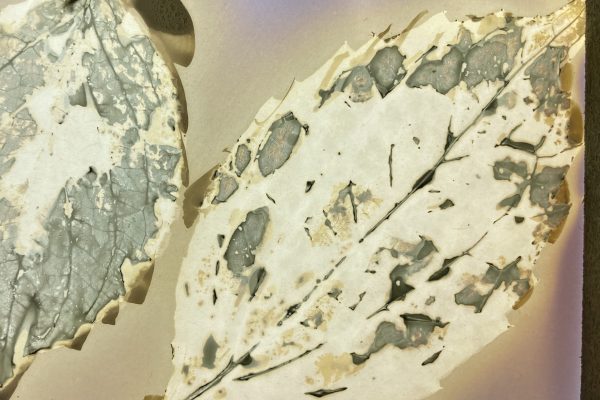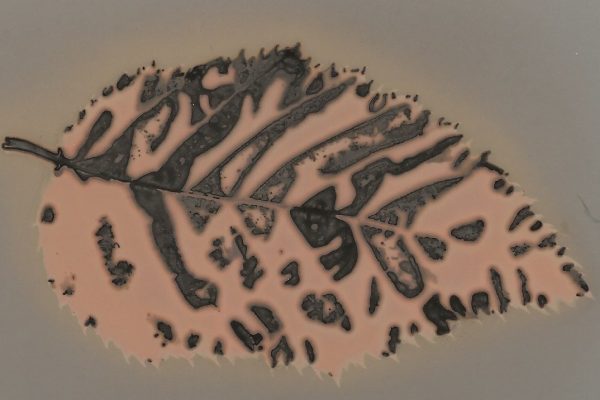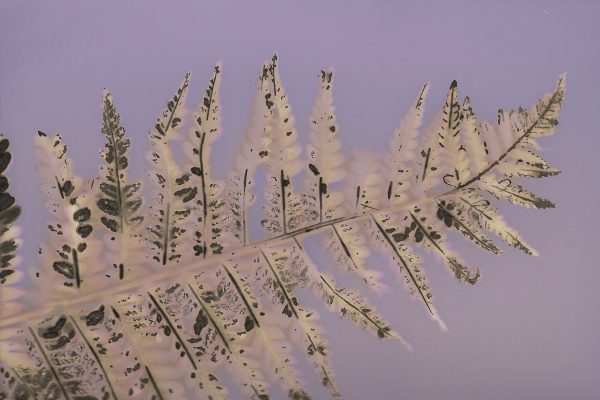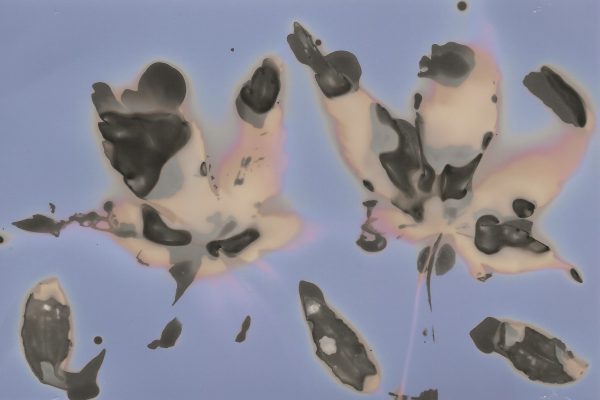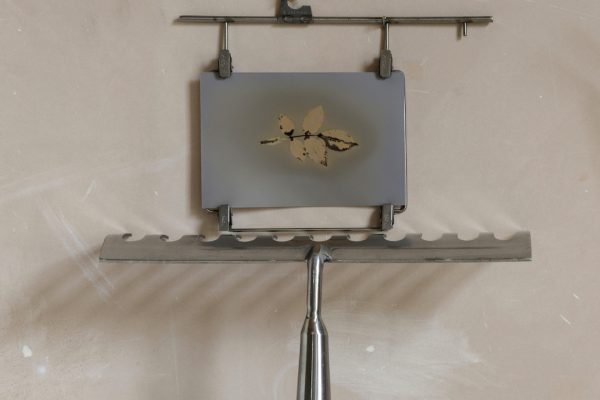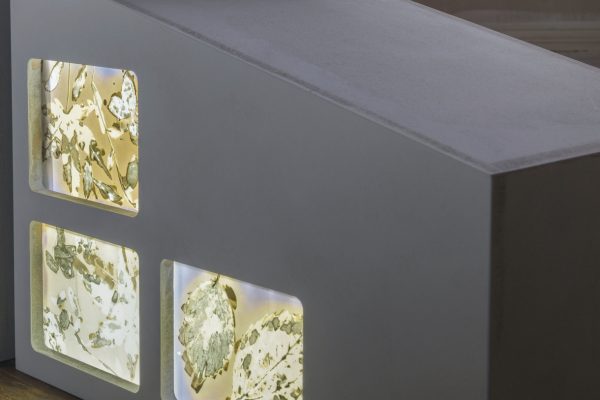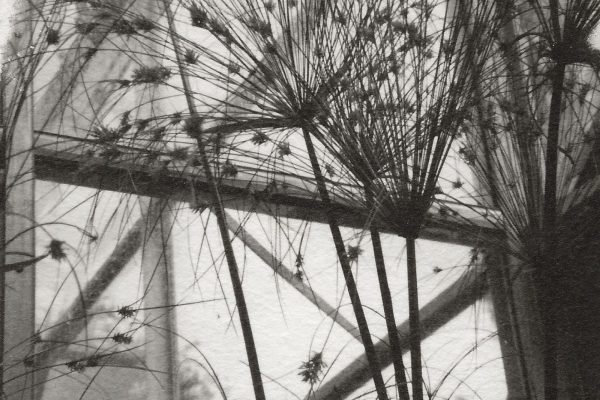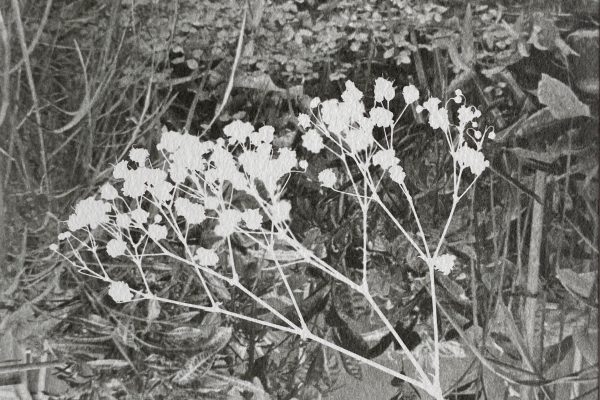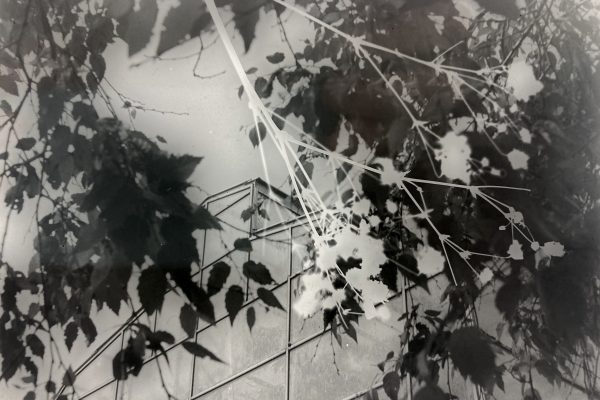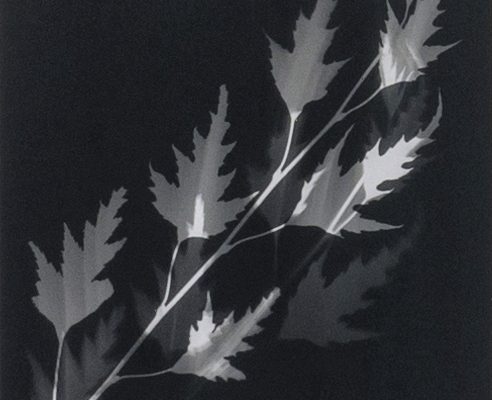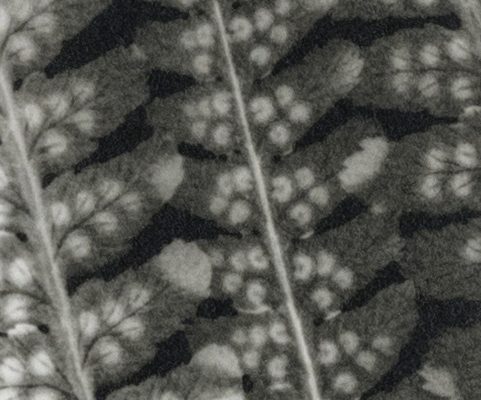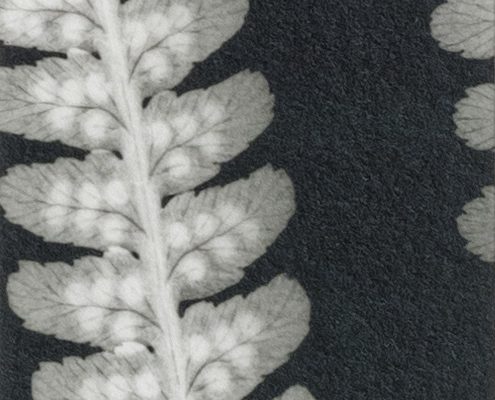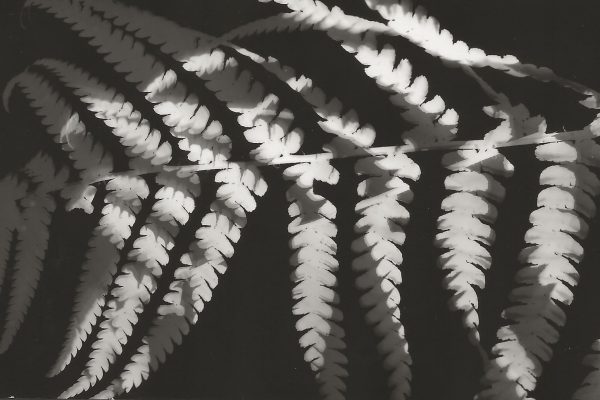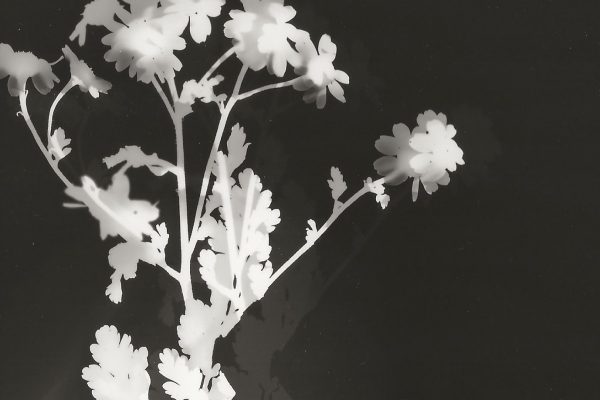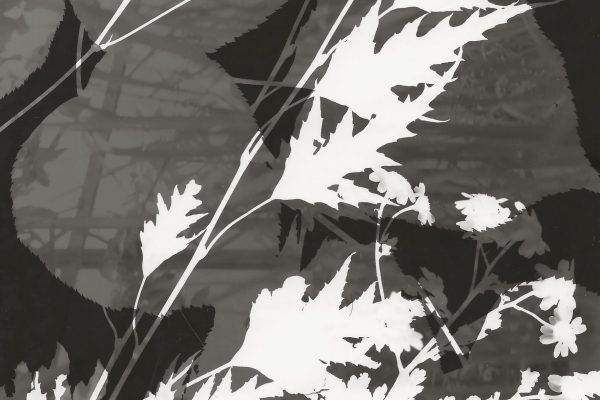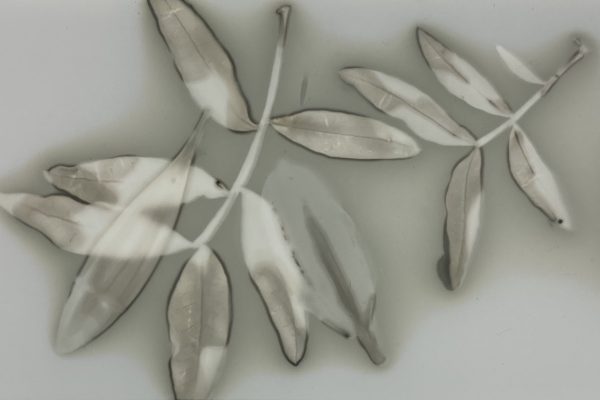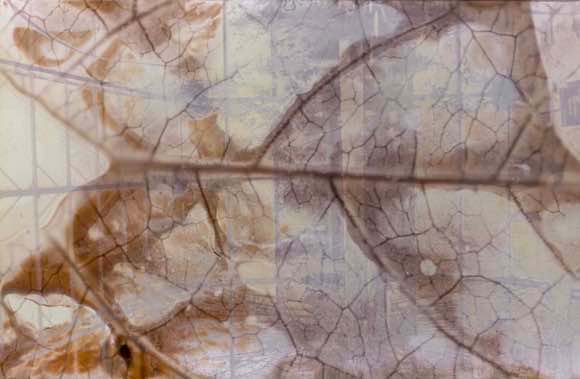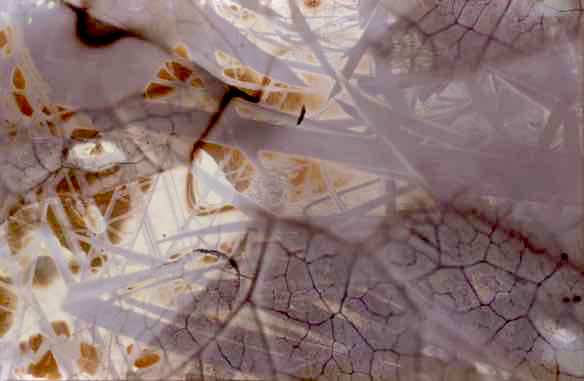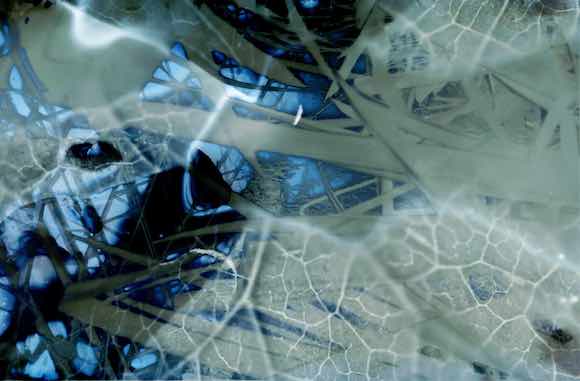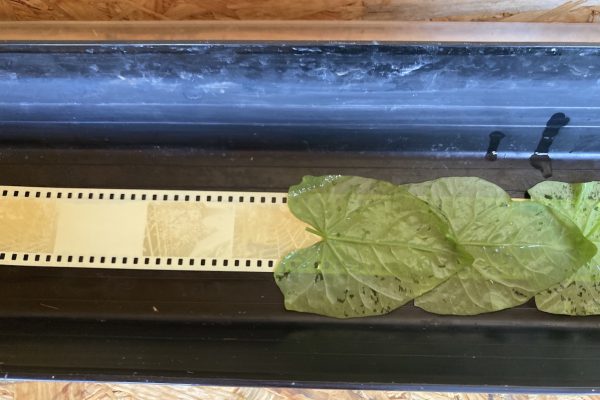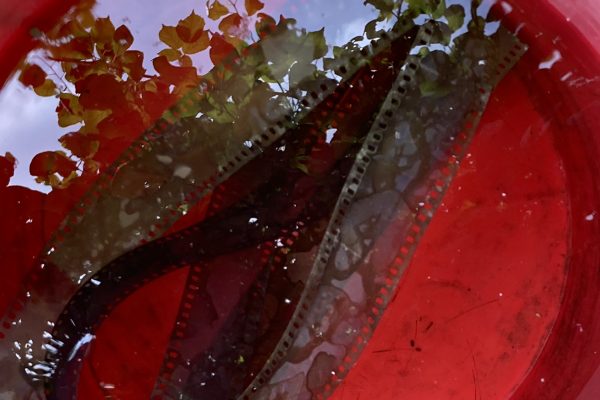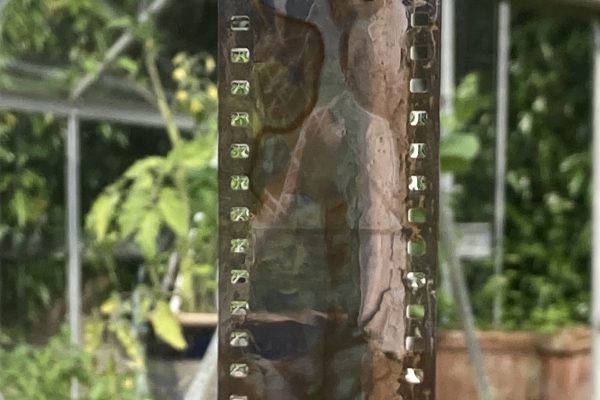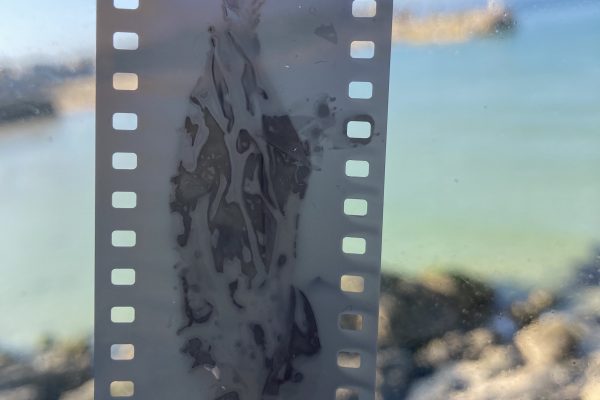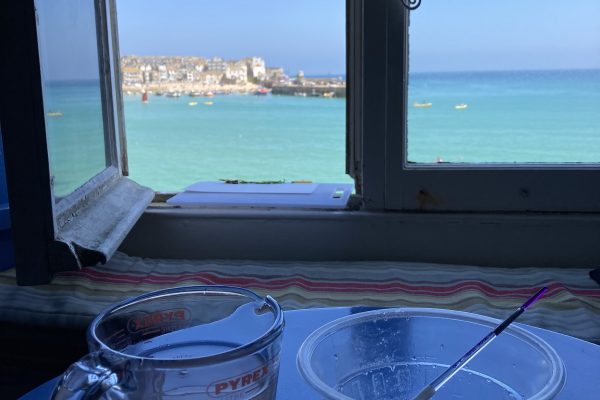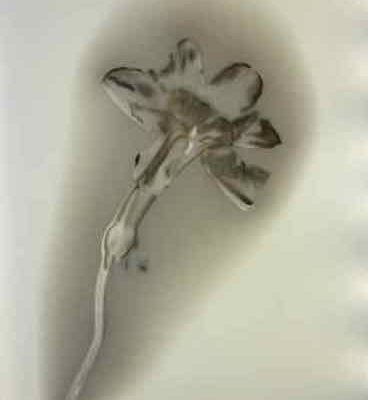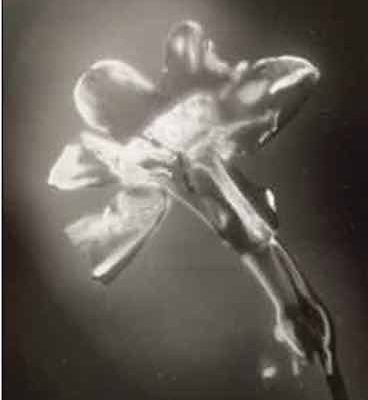‘The Botanical Cabinet’ is an ongoing project. The works shown here formed part of ‘The Botanical Cabinet’ exhibition, at 195 Mare Street, Hackney, London, in which artists Marcia Teusink, Tulika Ladsariya and I responded directly and indirectly to the legacy of the Loddiges Botanical Nursery.
The once famous and now nearly forgotten plant business on Mare Street, in the late 1700s and early 1800s, was started by a German emigre called Conrad Johan Loddiges, who began with a small seed shop and went on to become a major importer of plants from around the world. Their nursery pre-dated Kew Gardens, and had the largest greenhouse in the world, at that time.
Both the Loddiges family and their botanical nursery had their origins in Germany. I researched and created some of my work there, as well as in the UK.
